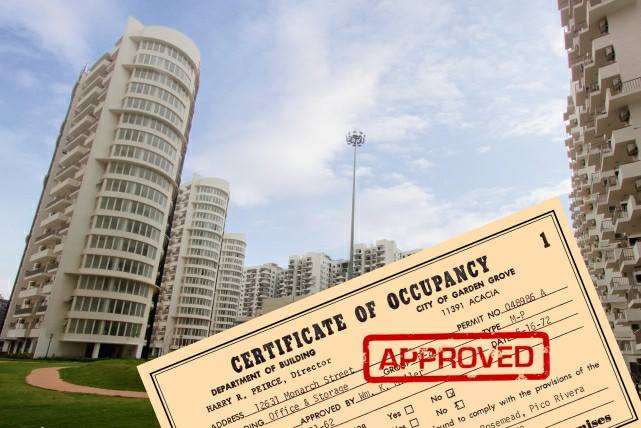Occupancy Certificate – Certificate of Occupancy – City of Johannesburg Municipality
The Municipality or City Council issues an occupancy certificate as part of an essential chain of events and compliance issues. An Occupancy Certificate cannot be issued without the various clearance certificates – namely:
Required by law:
- Approved Building Plans from the Municipality plus any documentation from Town Planning regarding rezoning, building amendments or renovations and if necessary an approved Site Development Plan (SDP).
- Engineering Completion Certificate from a registered structural /civil engineer.
- Roof Truss Certificate either from truss installer or the engineer.
- IOPSA Certificate of Compliance (Institute of Plumbing South Africa) for all sewerage/plumbing/drainage work. It can only be issued by a registered plumber.
- Glazing Certificate
- Electrical Certificate of Compliance
- Fire Certificate (for thatched roofs)
- and others to be discussed
The Occupancy Certificate is to certify that the building / home has been completed in accordance with approved building plans and clearance certificates. One of the main reasons for this is with regards to safety. Insurance coverage cannot take place for damage to a building, or to a member of the public, or house occupants, regardless of whether a fault lies with a builder, electrician, engineer or architect if an Occupational Certificate is not in place.
Once an Occupation Certificate has been obtained the owner of a property should lodge copies with the bank (particularly if the property is mortgaged) as well as the home/property insurer. This is especially important if a building bond has been taken as the final payment will not be released by the bank until the Occupational Certificate is presented.
With regards newly built properties municipalities are unable to legally turn on water and electricity because deposits cannot be paid without proof of occupational certificates.
In the case of sectional title or homes within gated of private estate ownership, these clearance certificates are a non- negotiable. They are usually an obligatory requirement of the relevant body corporates and home owners’ associations.
In the case of freestanding homes the responsibility for obtaining an occupancy certificate lies with the owner of a property.
In short an Occupation Certificate is compulsory for every building before occupation as required by the National Building Regulations and Building Standards Act (1977) in order to be compliant.
Every single new structure that will be occupied requires a certificate of occupation. This is issued by the Council once all other approvals have been obtained.
This applies whether you are moving in yourself, or putting in a tenant or any other type of occupancy that is envisaged when a new building, or internal renovation, has been implemented. It also applies both to building from scratch and to carrying out any “alteration, conversion, extension, rebuilding, re-erection, subdivision of or addition to, or repair of any part of the structural system of, any building”.
Why compliance is required:
- Firstly, if you don’t comply, you will have problems with your bank if your home is mortgaged, and – perhaps more critically – you could find yourself without insurance cover.
- Secondly, you won’t be able to arrange water and electricity accounts and connections from the municipality.
- Thirdly, it is a criminal offence to occupy or use (or permit occupation or use) of the building without authority (or to the extent that “it is essential for the erection of such building”).

